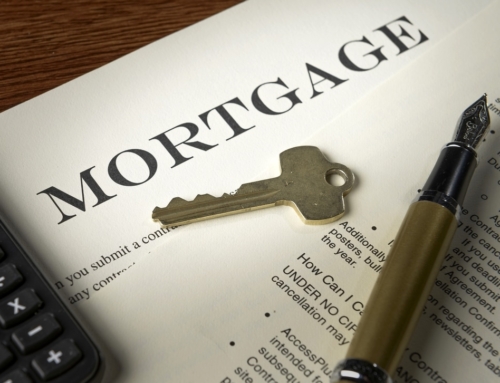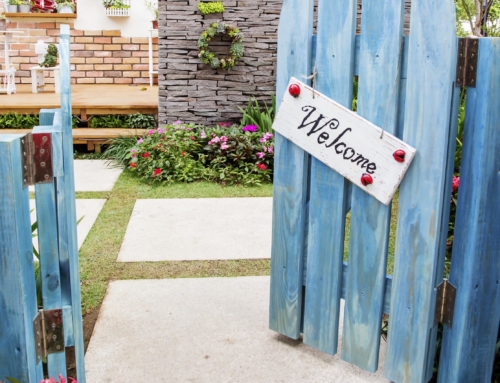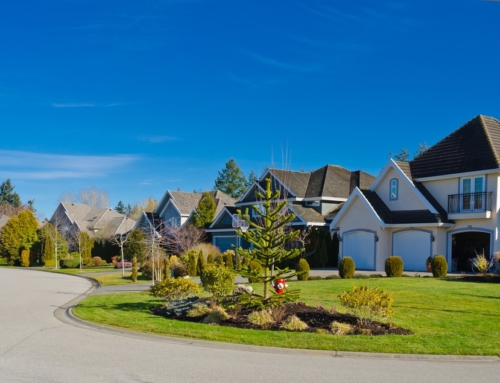These days, it isn’t enough to offer a good loan program at a competitive interest rate.
Today’s mortgage game is so competitive that lenders are reaching into neighborhoods to find the next generation of home buyers. They’re using innovative marketing tools, targeted programs and, in some cases, wheels.
With the U.S. homeownership rate at about 68 percent, interest rates on the rise, and the median price of homes skyrocketing, lenders figure loan program innovation is the only way to develop new home buyers.
The push to develop new loan programs typically starts at the top, which in the loan industry usually means secondary mortgage market leaders Fannie Mae and Freddie Mac.
“We are working with our lenders to look at ways in being more flexible in terms of mortgage products, as well as lowering down payment costs or out of pocket costs,” said David Elam, vice president of housing and community development at Fannie Mae.
“One of the things that we are doing is working with the National Association of Home Builders as well as other partners and lenders to come up with new ways and new ideas, as well as sharing existing ideas across the country” to ensure affordable housing is available to service workers, like teachers, police officers, firefighters, and nurses, he added.
Bank of America (BankofAmerica.com) has seized on the idea that this particular group of service workers should be able to live relatively close to where they work. The bank’s newest program, “Neighborhood Champions,” has been expanded to not only allow teachers, police force workers and firefighters to take advantage, but people who work in the school system, like janitors and secretaries, and medical assistants as well.
That broadens the program’s reach dramatically, says Gwen Thomas, a senior vice president at Bank of America, who specializes in multicultural and low-to-moderate income communities.
Neighborhood Champions loans require a down payment of 1 percent or $500, whichever is less. That’s what made the loan program so attractive to Lance Hernandez, 31, a physical education teacher at Kennedy High School, in Chicago.
After looking at five other properties, Hernandez visited the apartment he now owns. “The property was a little more expensive, but with the Neighborhood Champion program, I was able to put down a lower down payment, which is affordable as far as my income is concerned,” he explained.
In addition to creating new loan programs, lenders are finding ways to reach out into immigrant and minority communities. Which makes sense, according to Mark Spates, Freddie Mac’s director of emerging markets, since these communities are “the growth market of tomorrow.”
“The Latino and African American consumer are really going to be where homeownership is over the next 10 years. Those are the very same demographics that are lacking today. There’s about a 20 percent difference between those segments of our community and white homeownership rates,” Spates said.
Which is why Fifth Third Bank (53.com) is literally rolling into underserved minority and immigrant communities with its Fifth Third Homeownership Mobile.
“We think it’s a great way to bring the bank to those communities that may not be as convenient to some of the traditional brick and mortar (locations) we have around the greater Chicago Area,” explained Bradlee Stamper, president of the Fifth Third locations in Chicago. “We’re literally taking the bank into communities we can better serve.”
The Fifth Third Homeownership Mobile looks like a big RV. Inside, however, the 40-foot bus is outfitted with multiple computer work stations, and a mini-conference area at the back. The walls are lined with bank brochures and leaflets.
The bus started its month-long Chicago tour parked in front of St. Sabina church on the southwest side of the city.
Community residents who visited were able to get a free credit report, multilingual educational materials, get a personalized evaluation of their finances and qualifications for a mortgage, speak privately with a mortgage expert and talk with representatives from local non-profit homeownership and community service organizations.
Latasha Thomas, Alderman of the 17th ward in Chicago, where St. Sabina is located, said she thinks many of her residents could be ready to buy something, but are afraid to ask “the questions they need to ask.”
“You have people who really can own a home who just don’t think they can. Because they don’t think they can, they never go to the bank to ask the questions they need to ask,” Thomas said. “So it’s always good when the bank come out to the community and takes some of the intimidation out.”
Timothy Day, a minister and local resident, happened to see the Fifth Third Homeownership Mobile and stopped by for a lesson in home economics.
“In all my life, I’ve been skeptical about buying a house because of the full responsibility of owning a home. I’ve come to find out that it’s more beneficial to myself and my family to own a home than to rent,” Day explained.
However, he added, “There’s a lot of freedom that comes with owning a home.”
Published: Sep 17, 2004






Leave A Comment